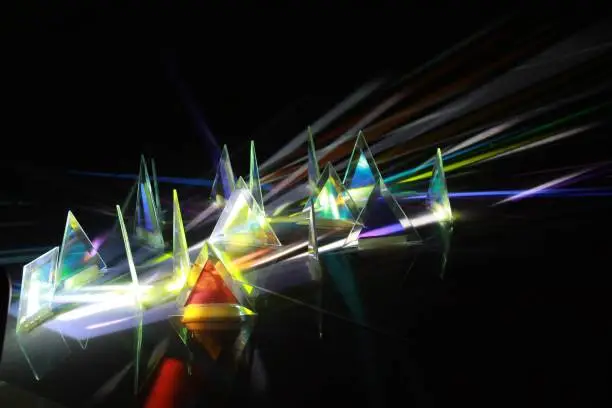In an increasingly uniform digital world, Prizmatem stands out as a bold reaction to monotony. But what exactly is Prizmatem? It’s not just a brand, tool, or trend—it’s a design movement, a visual language, and a creative rebellion all rolled into one.
The Origins of Prizmatem
Unlike tech products that emerge from corporate incubators, Prizmatem grew organically. It didn’t launch with a marketing campaign or Silicon Valley hype. Instead, whispers of its development began in underground forums, digital art collectives, and the broader open-source community. Independent developers and UI/UX designers—frustrated by repetitive patterns and flat, uninspiring interfaces—were searching for something more expressive.
This underground movement soon took a name: Prizmatem. It quickly gained traction among those who wanted visual storytelling to return to the forefront of digital interaction.
What Makes Prizmatem Different?
At its core, Prizmatem embraces color, geometry, and rhythm. Think complex gradients, prismatic overlays, layered textures, and intentional asymmetry. It throws minimalism out the window in favor of intentional chaos—yet every element still serves a function.
Key characteristics of the Prizmatem aesthetic include:
- Vivid Color Schemes: Saturated hues that create contrast and emotion.
- Layered Elements: Overlapping components designed to evoke depth and dimension.
- Dynamic Layouts: Interfaces that feel more alive than static.
- Nonlinear Flow: Breaking from traditional grids to allow users to explore organically.
Prizmatem in Practice
Designers implementing Prizmatem often find themselves blurring the lines between art and interface. A homepage might feel like a digital painting. A settings screen might resemble a dynamic infographic. User experience in Prizmatem isn’t just about ease—it’s about engagement.
Developers love Prizmatem because it encourages experimentation. Instead of following rigid frameworks, it welcomes hybrid approaches that combine SVG animations, layered JavaScript effects, and CSS magic. In many cases, AI-generated textures or user-driven customizations are part of the end result.
Cultural Relevance
As society moves into the era of digital identity, people are looking for experiences that feel personal and expressive. That’s where Prizmatem fits in.
While some traditionalists may scoff at its departure from clarity and convention, younger audiences—especially Gen Z and digital artists—embrace it. To them, it feels real. Raw. Intentional. It mirrors the fragmented, fast-moving world they live in.
Criticism and the Path Forward
Of course, no movement is without its critics. Some argue that Prizmatem sacrifices usability for aesthetics. That it overwhelms rather than guides. But its defenders see it differently—they view it as the next step in UI evolution. A rejection of lifeless design in favor of something that breathes, pulses, and adapts.
In response, some designers are blending Prizmatem with accessibility principles to create designs that are both beautiful and user-friendly. The result? Interfaces that are not only attention-grabbing but also inclusive.
Will Prizmatem Go Mainstream?
That remains to be seen. Right now, it thrives in design-forward circles: portfolios, indie apps, game menus, and experimental web projects. But as the hunger for personalization grows, Prizmatem may find its way into mainstream design systems—albeit in a toned-down form.
Major tech platforms are already experimenting with richer textures and more dynamic themes. If that continues, we might see a Prizmatem-inspired redesign of familiar tools in the near future.
In Conclusion
Prizmatem isn’t a fleeting design trend. It’s a signal—a call for creativity in the digital world. Whether you’re a designer, developer, or user, it’s worth paying attention to this growing movement. Because in a world full of copies, Prizmatem dares to be different.



